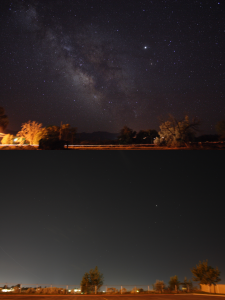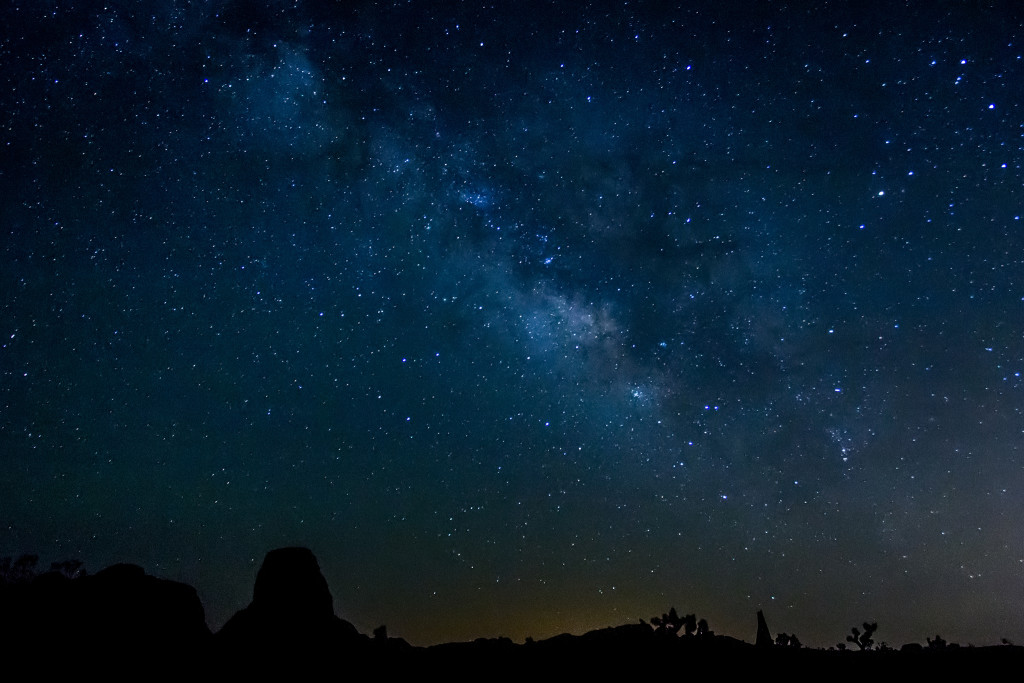For the purposes of this series on the role of beauty in catechesis and evangelization, I will highlight four different expressions of beauty: creation, art, the liturgy and Christian witness. These four classes of beauty have great power over man but must never be separated from truth, lest they become idols and worshipped for their own sake.
[featured-image single_newwindow=”false”]Flickr[/featured-image]
First of all, the beauty of creation can have a great ability to open up the heart of man to belief in a creator. Saint Augustine affirms this effective tool of catechesis when he poses the challenge,
Question the beauty of the earth, question the beauty of the sea, question the beauty of the air distending and diffusing itself, question the beauty of the sky. . . question all these realities. All respond: “See, we are beautiful.” Their beauty is a profession [confessio]. These beauties are subject to change. Who made them if not the Beautiful One [Pulcher] who is not subject to change? [1] (emphasis added)
The beauty of creation is seen in the eyes of faith as a “profession” of the existence of God, of the One who created all the beauty that we see.
This is closely related to what many people call the “design argument,” whereby a person sees the beauty, order and design of creation and thinks to themselves that “there must have been Someone behind this all.”
Stargazing and Atheism

An interesting theory that I have heard from various people is that atheism started to spread more rapidly with the introduction of the street lamp. This began in the early 19th century and started what we know today as “light pollution.”
When we look up at the sky, we no longer see the beauty of the stars. Instead, we are lucky if we see a dozen stars or any stars if we live inside the city.
The reason why this is linked with atheism is because even the pagans of old looked up at the vast array of stars in the sky and thought they were gods. They knew that there was something beyond themselves and thought the tiny specks of light they saw were celestial powers that governed the earth.
It is an interesting theory, one that I encourage all of us to test out. Drive outside of the city limits after nightfall on a clear day and find “the middle of nowhere.” Stop, turn your car’s lights off and look up.
If you want to know the best places to go for the most beautiful night sky, check out this website which has a map of the world that highlights the best places for a pure dark sky. Or you can visit these places in the US that are known for its beautiful nighttime view. There is even an association that rates each national park on how well you can see the nighttime sky.
Now obviously there are many scientists who study the sky and remain firm in their atheism. However, they do that when they divorce beauty from the truth. That is why when we stargaze or take people to do the same, we must always wed beauty and truth together.
Also, I would say the vast majority of people, when taken out to see the beauty of the stars, would have a reaction of awe and wonder rather than one of scientific curiosity.
Environmentalism
With the announcement of Pope Francis’ encyclical on the environment, we must be reminded that the beauty of nature needs to be viewed through the lens of truth. I am certain that Pope Francis will give a holistic perspective when it comes to the environment and not teach falsehood, as I trust that the Holy Spirit has not left the Chair of Peter.
In any case, it is not a sin to be devoted to preserving the beauty of creation, but we must do so in the spirit of Truth. Humans have been given the task to preserve the earth for future generations and should be seen in that perspective…preserved for our children and grand children. It is false to view the human race as a “scourge” to the earth or that somehow the earth would be better if we did not exist. That again is beauty divorced from the truth.
Youth Catechesis
In practice, this type of beauty can be used in catechesis, especially in teaching the young how God is the author and artist of the created realm and has given to us this world as a gift of His supreme love. I know of many great apostolates that use adventures in the wilderness as an opportunity to teach young people about the beauty and glory of God. Examples include Camp Wojtyla or Catholic Youth Expeditions and have proven to be powerful ways to bring young people closer to God.
Summary
However, we must always remember the beauty of creation must be tempered with truth, “avoiding the risks of reducing it to simple ecologism or a pantheistic vision.”[2]
In our next article, we will look at the beauty of art and its role in leading us to God.
Read the Entire Series
- Why Does the Modern World Refuse to Listen to the Truth?
- Will the Beauty of Truth Alone Combat the Lies of Satan?
- Is Beauty a Temptation or a Path to God?
[1] Catechism of the Catholic Church, 2nd ed. (Washington: United States Catholic Conference,
1997), 32.
[2] The Via Pulchritudinis, §III.1

